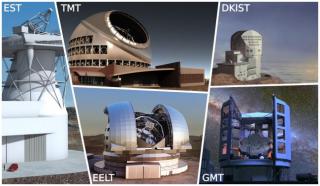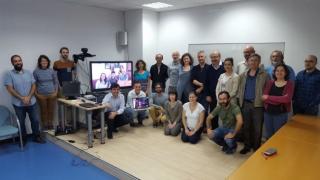
In this international meeting, organized between 25th and 30th June in Puerto de la Cruz (Tenerife) by the Instituto de Astrofísica de Canarias (IAC), the participants will review the latest advances in Adaptive Optics and will present the future challenges which face the design, construction, and installation of these systems in the extremely large telescopes of the future.
Advertised on




